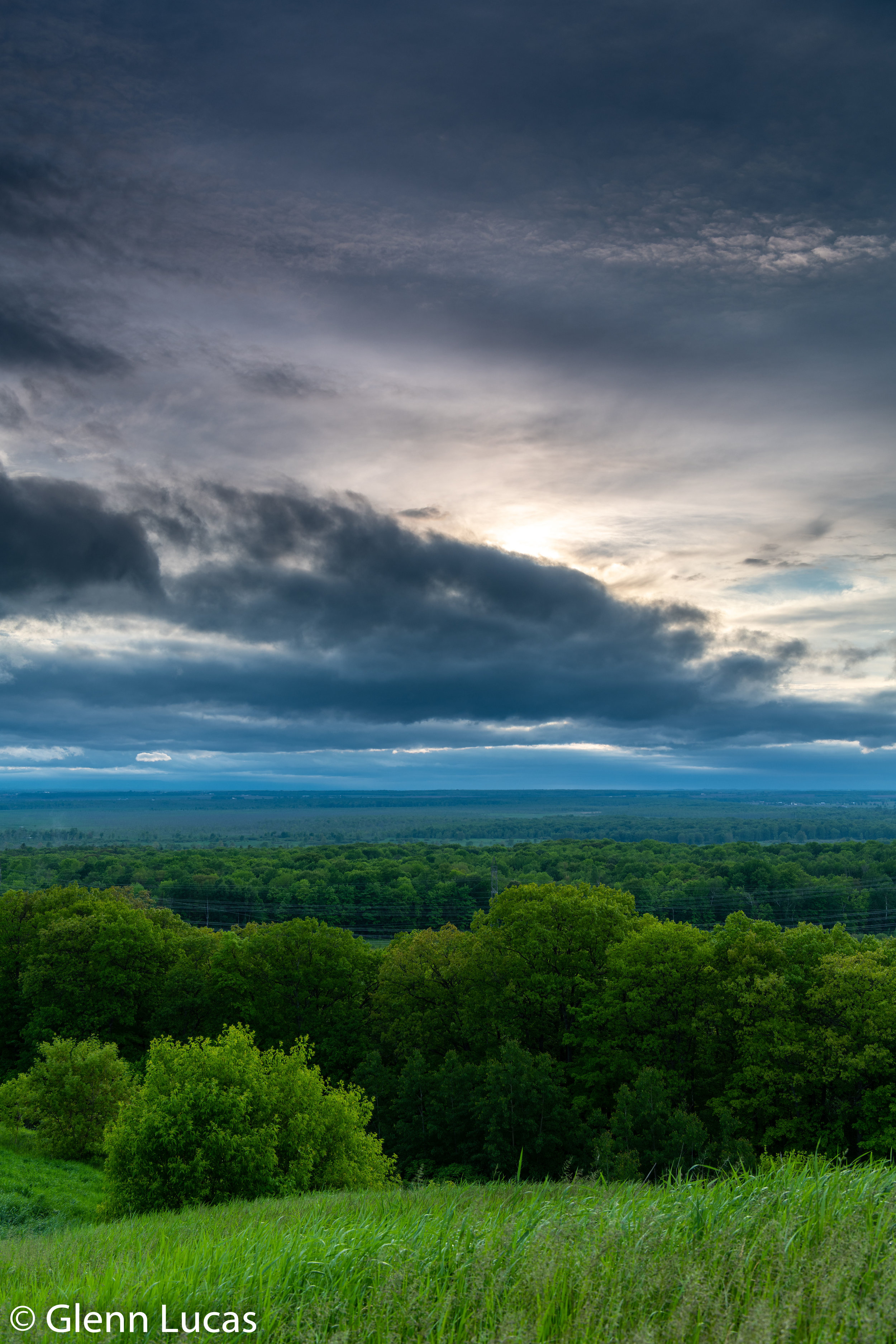I always enjoy photographing fireworks. A great shot requires more than simply shooting the burst. It needs scale, context, and an interesting setting.
On this occasion, I managed to speak to the technicians before the show to see from where they were firing from and to gather any orther information that might help inform me on where to set up and what to expect.
I choose an area where the foreground water is protected to capture the reflections. The exposures were approximately 3 seconds long and there was a some very slight movement in the water, which helped produce reflections that appear to have been painted. It gives the images a surreal or dreamlike feeling. These photos have not been altered or munipulated and the reflections in the water are real.












































